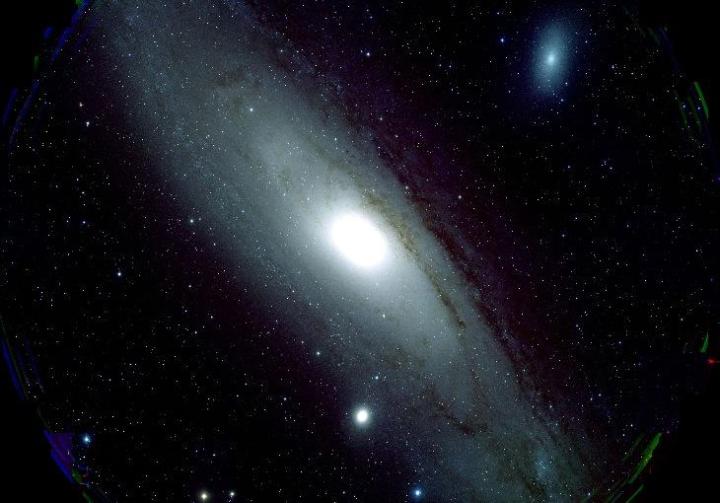
If we know where in the night sky to look, we can see Andromeda – the nearest spiral galaxy to our own – with the naked eye. However, being 2.5 million light years away, it’s hardly surprising that it only appears as a faint smudge of light. And while powerful telescopes have, in recent years, brought the galaxy much closer, none have produced the level of detail or width of view achieved by Japan’s Subaru super telescope. Together with a three-ton 870-megapixel camera – the Hyper Suprime-Cam (HSC) – the telescope has helped to capture a remarkable ultra-high-resolution image of this distant galaxy.
“The combination of a large mirror (8.2 meters), a wide field of view (1.5 degrees), and sharp imaging represents a giant step into a new era of observational astronomy and will contribute to answering questions about the nature of dark energy and matter,” the team operating the telescope, which is located on Hawaii’s Mauna Kea volcano, said on its website this week.
The first recorded sighting of Andromeda, also known as M31, was made by Persian astronomer al-Sufi in 964 AD. Astronomers have come to learn that Andromeda is similar in many ways to our own Milky Way Galaxy and therefore could provide answers as to how ours formed.
“This first image from HSC is truly exciting,” said Dr. Masahiro Takada, chair of the HSC science working group. “We can now start the long-awaited, largest-ever galaxy survey for understanding the evolutionary history and fate of the expanding Universe.”
He’s talking about an ambitious “cosmic census” project involving “a large-scale imaging survey of every galaxy over a wide solid angle in the sky and in sufficient depth to probe the distant Universe.”
The census will compile detailed measurements of hundreds of millions of galaxy shapes and give scientists the opportunity “to map the distribution of dark matter, constrain the nature of dark energy, and search for baby galaxies that were just born in the early universe.”
To view the 6000 x 5957 image of Andromeda taken with the help of the Subaru telescope, click here. And yes, it’ll take a little while to download.


